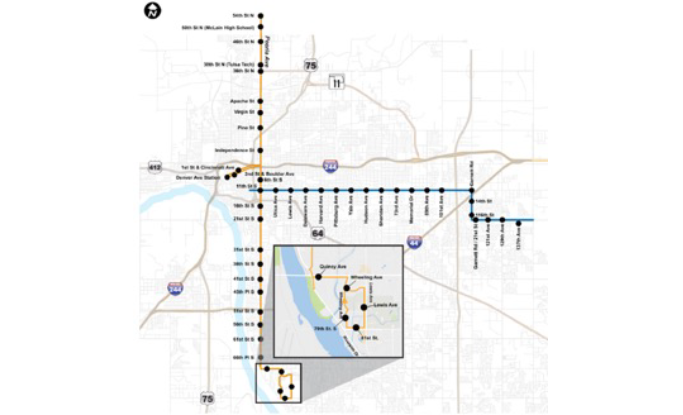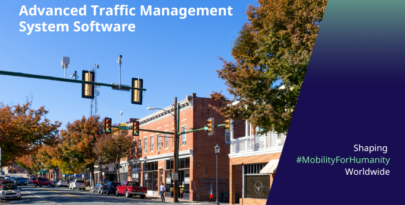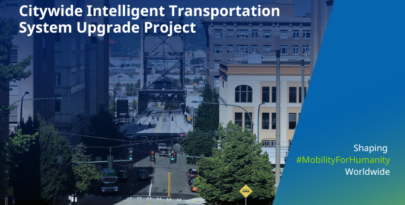The City of Tulsa, OK
In 2022, Econolite Systems, Inc. (ESI) was chosen by the City of Tulsa’s Traffic Operations Division of the Streets and Stormwater Department to provide an EVP and TSP solution to traffic signals located across the city. The initial project includes deploying EVP and TSP to traffic signals located along the Bus Rapid Transit lines on Peoria Avenue and 11th Street (Route 66) corridors. The solution leverages Econolite’s Centracs Priority, providing a centralized system to deliver highly intelligent and configurable EVP and TSP to traffic signals that interface seamlessly with the City’s current traffic control signal network.
In addition, the Centracs Priority system provides secure Center-to-Center (C2C) capabilities for other approved external agencies that provide GPS and AVL data for vehicles requesting priority. This enables the system to communicate with any upstream CAD/AVL agency providing GPS data for vehicles traveling along a multi-jurisdictional corridor. The Centracs Priority system includes a configurable external connection dialog to allow for customization of the C2C connection with external CAD/AVL agencies. The Centracs Priority system also features an intuitive dashboard that provides a web-hosted, data-rich summary of priority information. The dashboard includes a heat map identifying trouble areas, summaries of requests for priority service, arrivals on green, route analysis, vehicle statistics, as well as intersection-related data analysis.
The Centracs Priority system meets the City’s Metropolitan Tulsa Transit Authority (MTTA) program improvement goal of providing significant operational improvements in transit service. It also targets MTTA’s objectives in reducing transit delays, reducing roundtrip travel times, and increasing transit reliability (schedule adherence).
As part of the EVP and TSP project, ESI also upgraded the City’s existing deployed base of Econolite Cobalt ATC traffic controllers by installing Econolite’s EOS traffic controller firmware for all 55 project intersections. EOS controller firmware includes built-in trace files that allow tracking of low-level adjustments by the controller in response to signal control priority and queue jumps.



